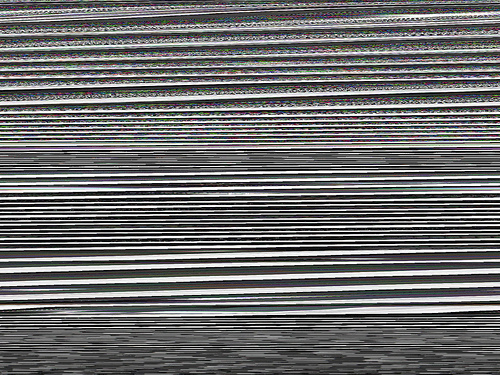An essay commissioned by the Sonic Acts Festival, and published in Unsorted : thoughts on the information arts : an A to Z for SonicActsX (Sonic Acts Press, 2004).

The basic resources, for sound artists and producers, are now digital. Production tools have for the past decade been moving from hardware to software; this process has recently reached saturation point, such that the computer has completely internalised – virtualised – the studio: the only vestige of hardware is an audio interface, necessary still to convert between data and audible signal. Creative sound culture is restless; casting around for new resources, it appropriates and misappropriates whatever it can. Given that the basic platform for sound culture is the personal computer, it’s not surprising that it has begun to draw on data as the raw material of that environment.
In some recent sound practices, data is explicit, not implicit, and concrete, not transparent; I refer to such work here as data-sound. This work turns in on that conversion from data to signal, normally taken for granted, which underpins contemporary sound culture. In the process it reveals data as itself an elusive construct, a figure, an idea(l), as much as a commonplace material. Data-sound entails an imagination of data and its milieu – dataspheres or spaces – which is a cultural act in itself. Sound culture, and increasingly culture as a whole, is digital; so the question of how data is, and can be heard, is significant.
Image: stAllio! databent BMP file. Source